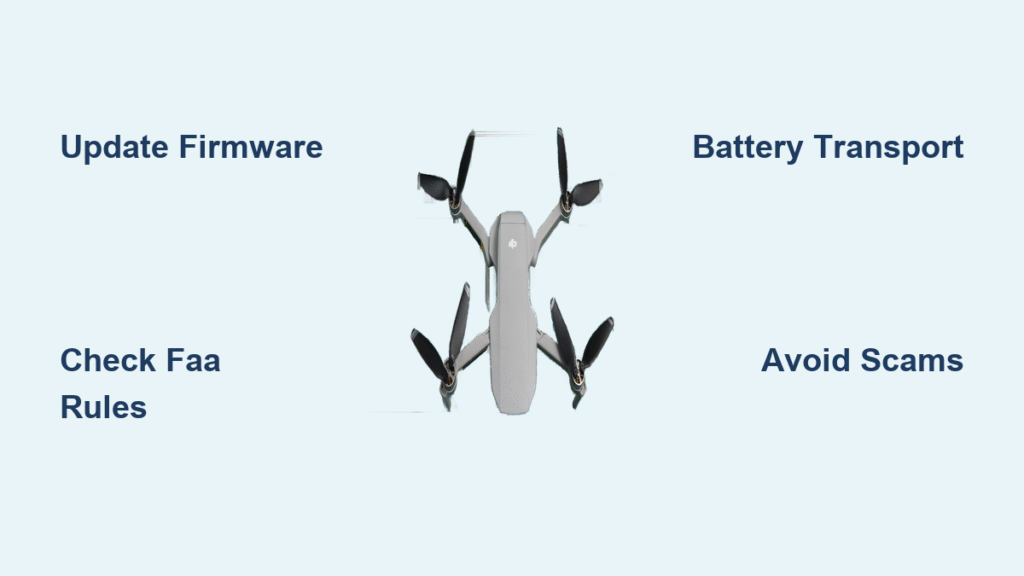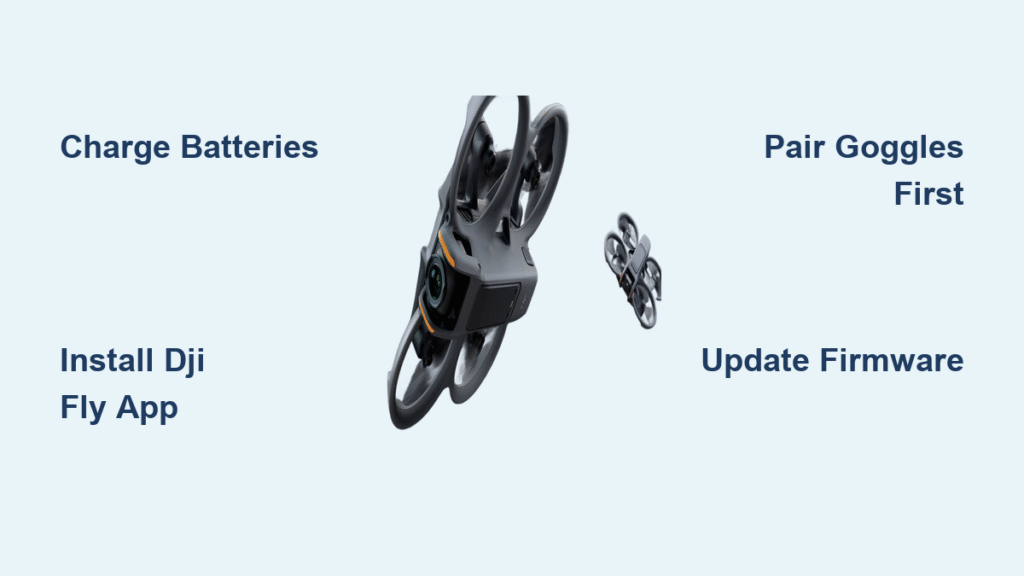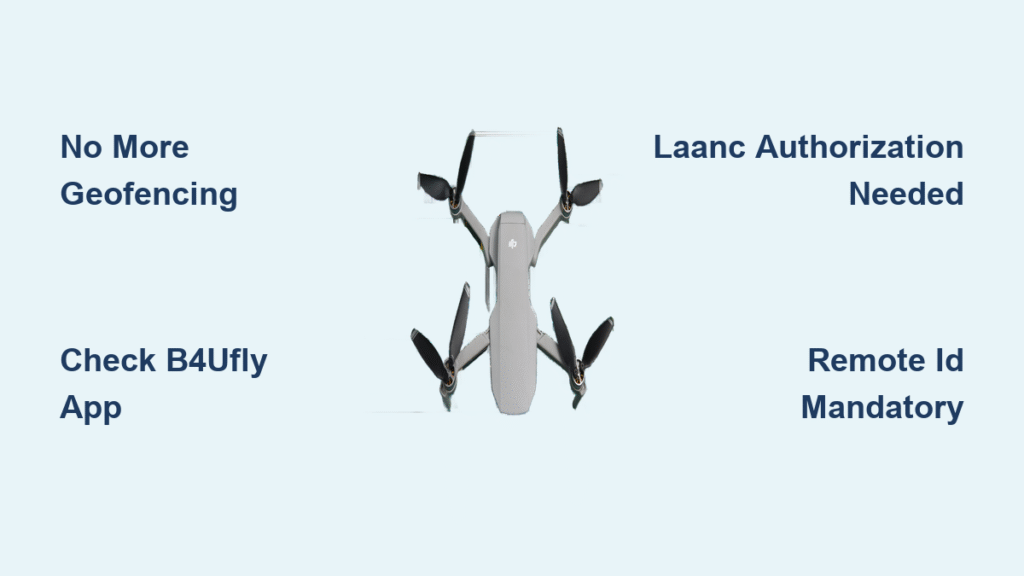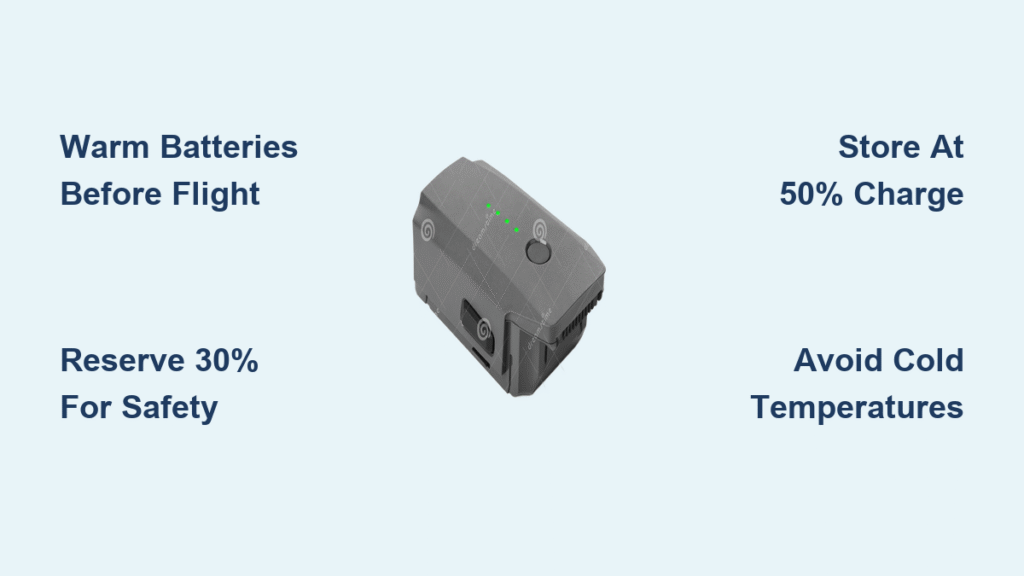The drone section at your local electronics store looks dramatically different in October 2025. Where DJI models once dominated shelves, you’ll find mostly empty spaces with “sold out” signs. What’s happening? A critical federal deadline looms just 73 days away that could permanently reshape the American drone landscape. Understanding current DJI drone laws isn’t optional anymore—it’s essential for protecting your investment and staying legal whether you’re a weekend hobbyist or commercial operator.
This guide delivers exactly what you need to know right now. From the December 23rd audit deadline to state-level restrictions and battery transport rules, we’ll cover every regulation affecting your DJI flights today and what changes might come tomorrow. Knowledge—not panic—is your best defense against regulatory uncertainty.
Federal DJI Drone Laws: No Ban Yet, But Deadline Looms
DJI drones remain completely legal to fly across the United States as of October 2025, despite widespread misinformation. The National Defense Authorization Act (NDAA) created an automatic trigger mechanism—not an immediate ban. Here’s what actually matters for your flights:
The December 23rd Countdown: A national security agency must complete a formal security audit of DJI by December 23, 2025. As of July 2025, no agency has scheduled this audit. If the deadline passes without completion, DJI automatically joins the FCC “Covered List”—blocking only new equipment authorizations. Your existing drone keeps flying legally.
What Actually Gets Restricted: New DJI models cannot be imported, sold, or marketed once added to the Covered List. Existing FCC-certified aircraft remain completely legal to operate. Think of it like a discontinued smartphone—you can still use yours, just can’t buy the latest version.
Firmware Reality Check: Updates requiring FCC recertification will cease, but bug fixes and security patches may continue until DJI’s global servers restrict U.S. access. No timeline exists for when this might happen, so update your firmware immediately.
FAA Flight Rules Every DJI Pilot Must Follow
Regardless of political developments, standard FAA regulations still govern every DJI flight. These haven’t changed, but enforcement has intensified as scrutiny increases.
Essential Flight Requirements:
– 400-foot altitude ceiling—measured from ground level directly below your aircraft
– Visual line-of-sight—keep your drone visible without optical aids
– No crowds or vehicles—maintain distance from people and moving objects
– Restricted airspace—check NOTAMs and TFRs before every flight
Registration Reality: Any DJI drone weighing 0.55 pounds or more requires registration through the FAA DroneZone. Enforcement officers now carry portable scales at popular flying locations—don’t risk flying without proper registration.
Commercial Operations: Part 107 certification remains mandatory for any business-related flights. The test hasn’t changed, but renewal now includes current security briefings that reflect evolving DJI drone laws.
Airline Battery Transport Rules You Must Know
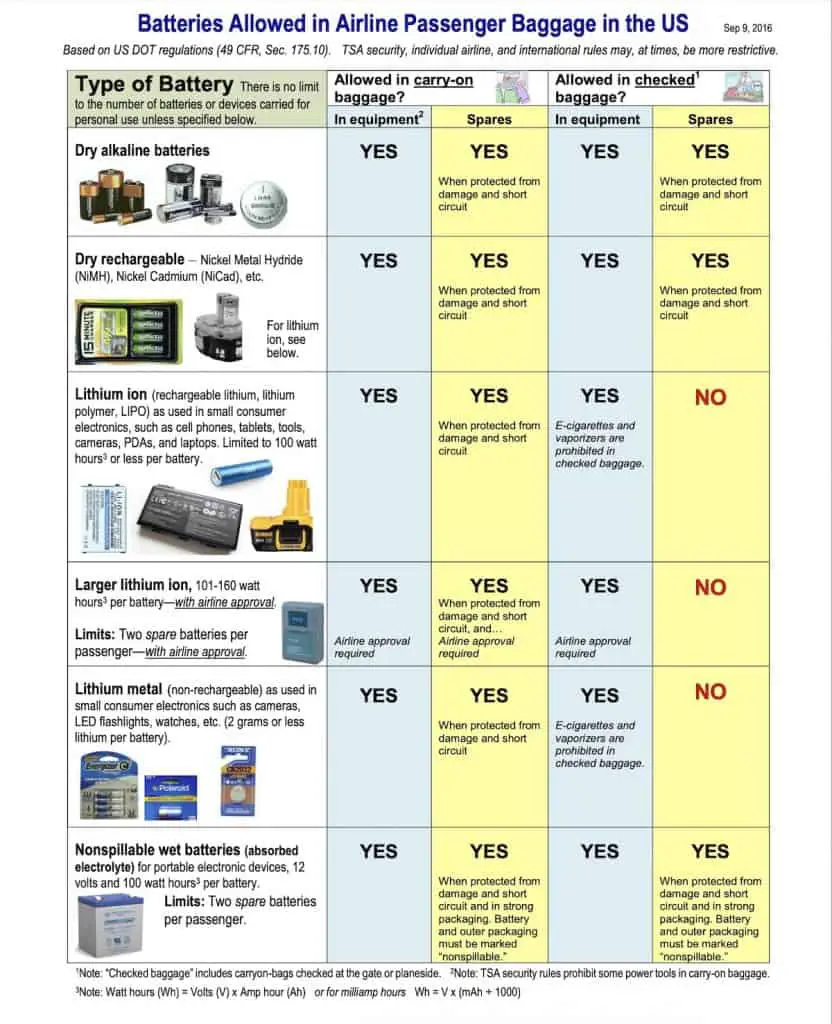
Getting your DJI to that perfect shooting location means navigating stricter battery regulations that airlines now enforce consistently.
Small Batteries (under 100 Wh): Mavic 3, Mini 4 Pro, and Air 3 batteries fall here. You can bring up to 20 detached batteries in carry-on, or unlimited if installed in the drone. American Airlines recently added a “20 battery maximum” policy regardless of size.
Medium Batteries (100-160 Wh): Inspire 3 and Matrice operators face tighter limits. Maximum two detached batteries in carry-on, or installed only in checked luggage. Delta and United now require terminal-side declarations for these power levels.
Pro tip: Always check your specific airline’s policy 48 hours before travel. Southwest and JetBlue maintain stricter lithium battery limits than federal minimums, and policies change monthly.
State Restrictions: Separating Government Bans From Private Use
State-level DJI restrictions create confusion for many pilots. The critical distinction: these laws target government procurement, not private ownership.
Current Government Restrictions:
– Florida: All government agencies must phase out DJI by specific deadlines
– Arkansas: Public entities banned from purchasing Chinese-made drones
– Texas: State agencies restricted from certain foreign manufacturer equipment
What This Means for You: Recreational and commercial (non-government) operators face zero additional restrictions from these state laws. Your weekend flights remain unaffected, though government contractors must prepare for NDAA-compliant equipment requirements.
December 23rd Deadline: Your 4-Week Action Plan
With 73 days remaining until the automatic trigger, smart pilots are taking immediate protective steps:
Week 1: Update all firmware and controller software to latest versions. Download and locally archive flight logs, photos, and videos—don’t rely on cloud storage that might become inaccessible.
Weeks 2-3: Stock up on batteries, propellers, and gimbal guards while parts remain available. Prices already reflect scarcity, and secondary market options will shrink post-deadline.
Week 4: Verify your DJI account credentials work and enable two-factor authentication. The account unbind process tightened significantly in June 2025, making used purchases more complicated.
Buying DJI in 2025: Used Market Survival Guide

Official DJI stores show “sold out” for most models. This creates a used market that’s both opportunity and minefield.
Where to Buy Safely: Stick to reputable sources like B&H Used, KEH, or Adorama that confirm account unbind capability. Facebook Marketplace and eBay deals often involve drones that cannot be registered to new accounts due to June 2025 policy changes.
Red Flags to Avoid: Any seller claiming “new in box” at steep discounts likely has gray market inventory without U.S. warranty support. Shell company rebrands (Skyany, Jovistar) face immediate authorization loss if October 28th FCC vote passes.
Account Transfer Checklist: Before completing any used purchase, verify the seller can demonstrate successful account unbind through DJI’s website. Request screenshots of the process—verbal promises aren’t enough.
NDAA-Compliant Alternatives Worth Considering
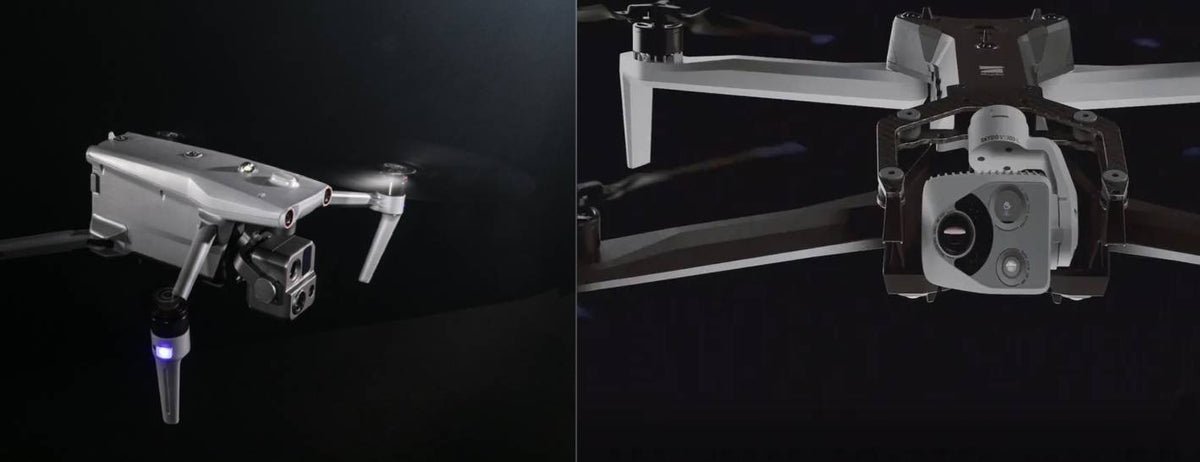
Planning beyond DJI means evaluating alternatives that vary widely in capability and cost:
Skydio X10: Made in USA with Blue UAS certification. Offers AI obstacle avoidance but costs $15,000+—aimed at public safety rather than casual photography.
Parrot ANAFI USA: French-manufactured with secure communications and 32× zoom capability. 25-minute flight time limits appeal, but satisfies government requirements.
Autel EVO Max 4T: Despite impressive 42-minute flight time, Autel faces the same December 23rd audit trigger as DJI—making long-term planning risky.
Business Operator Strategies for DJI Drone Laws
Commercial pilots face unique challenges balancing current DJI investments with future compliance requirements.
Immediate Fleet Management: Retain existing DJI assets for near-term missions while acquiring NDAA-compliant drones for government contracts. This spreads capital investment while ensuring continuity.
Contract Language: Insert regulatory-change clauses limiting liability if DJI becomes restricted. Standard templates now include provisions for equipment substitution without penalty.
Pro tip: Evaluate lease options for NDAA-compliant equipment to reduce capital exposure during transition periods. Several firms now offer 12-month leases specifically for regulatory compliance.
Common DJI Drone Law Misconceptions Debunked
“My DJI will stop flying after December 23rd”: False. Existing certified aircraft remain completely legal to operate. Only new model sales face restriction.
“State bans affect recreational users”: False. Current and proposed state restrictions target government procurement only. Your weekend flights face no additional limitations.
“All Chinese drones face the same restrictions”: True. Autel and other Chinese manufacturers face identical December 23rd audit triggers, making non-DJI alternatives equally risky long-term.
Critical Dates Timeline You Must Track
October 28, 2025: FCC votes on component-part restrictions and retroactive revocation authority. This immediately affects shell company rebrands currently selling on Amazon.
December 23, 2025: NDAA audit deadline passes without completion, automatically adding DJI to FCC Covered List. New model imports cease immediately.
Early 2026: Market adjustment period begins. Secondary market prices spike, official U.S. support starts winding down, insurance terms shift rapidly.
DJI drone laws in 2025 represent a moving target, but current regulations remain straightforward for informed operators. Your existing aircraft stays legal regardless of December’s outcome, making knowledge—not panic—your best defense. Focus on immediate protective actions: update firmware, archive flight data, secure spare parts. Whether you fly for fun or profit, 2025’s DJI restrictions create challenges, not barriers, for pilots who understand the rules and plan accordingly. Stay informed through official FAA and FCC channels, maintain current certifications, and budget for eventual equipment evolution.

